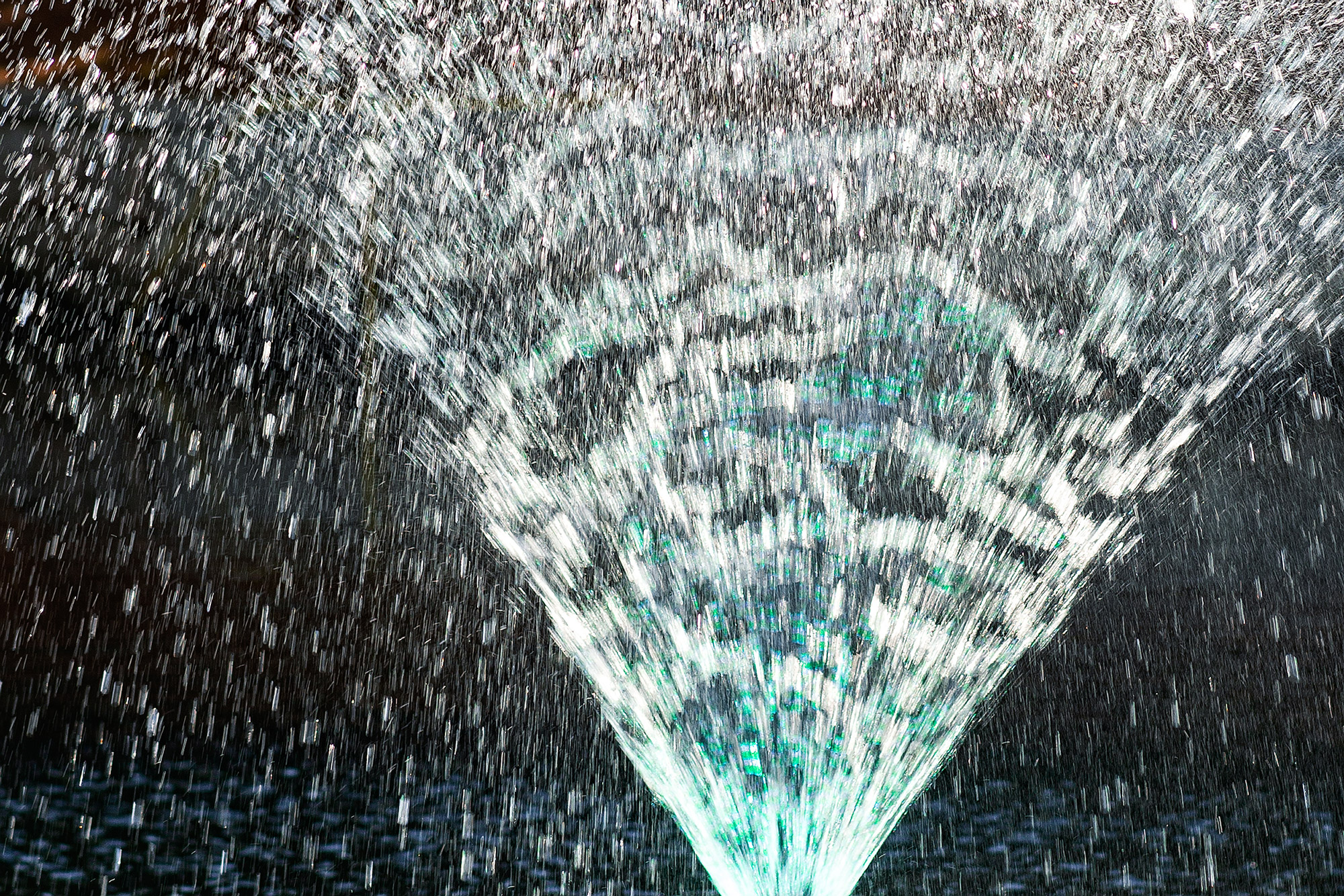
Inspired by dental flossing, a Cedars-Sinai Medical Center gastroenterologist and a team of researchers have developed a cleaning device using high-pressure water to reduce biofilm residue on a duodenoscope’s elevator mechanism after endoscopic retrograde cholangiopancreatography (ERCP).
ERCP is a potentially lifesaving advanced endoscopic procedure that treats and diagnoses ailments in the pancreas and bile ducts. It is arguably one of the most challenging endoscopic procedures — and also requires one of the most complex flexible endoscopes, one that’s difficult to clean and disinfect.
That’s because of the challenge in disinfecting the scope’s elevator mechanism and elevator channel between uses. While instances are rare, duodenoscopes do pose a risk for patient-to-patient infection transmission.
The Los Angeles-based researchers developed the device and conducted a study in an effort to combat endoscope-related infections of carbapenem-resistant Enterobacteriaceae, or CRE. They presented their findings at the 2021 annual meeting of the American College of Gastroenterology.
Dr. Kanil Gupta, an associate professor of gastroenterology at Cedars-Sinai and the study’s lead investigator, told Gastroenterology & Endoscopy News that this high-pressure water system cleans a duodenoscope’s tough-to-reach places in the same way water floss is used to clean our mouth’s molars and gums.
The system works by inserting the scope tip into a box-like device. High-pressure jets circulate water — 1,400 pulses a minute at a pressure of 100 psi — inside the elevator mechanism and other areas.
Thirty duodenoscopes were tested in their study. Ten were subjected to the standard manual cleaning process, 10 were cleaned by the high-pressure water system, and 10 were scrubbed with the high-pressure water system as well as cleaning fluids. The scopes were given relative light unit (RLU) scores to assess the bioburden before and after cleaning.
Scopes cleaned with the high-pressure water device had “significantly” less bioburden, the researchers said, and were cleaned more consistently — a key finding considering how important human factors are when it comes to the effectiveness of manual reprocessing measures.
However, the system did not reach a threshold of less than 200 RLU, which duodenoscopes are required to reach after reprocessing.
That is why federal regulators are calling for new advancements in duodenoscope design to prevent patient infection, including switching to partially or fully disposable devices. The American Society for Gastrointestinal Endoscopy Technology Committee released an overview of innovative technologies that have the market in the last few years, including designs from Ambu A/S, Boston Scientific Corp., and Fujifilm Corp.
Gastroenterologists are closely monitoring these new developments. That’s because, while the extent to which high-concern organisms on patient-ready duodenoscopes result in patient harm is not known, outbreaks of multidrug-resistant CRE have been traced back to inadequately reprocessed duodenoscopes.


